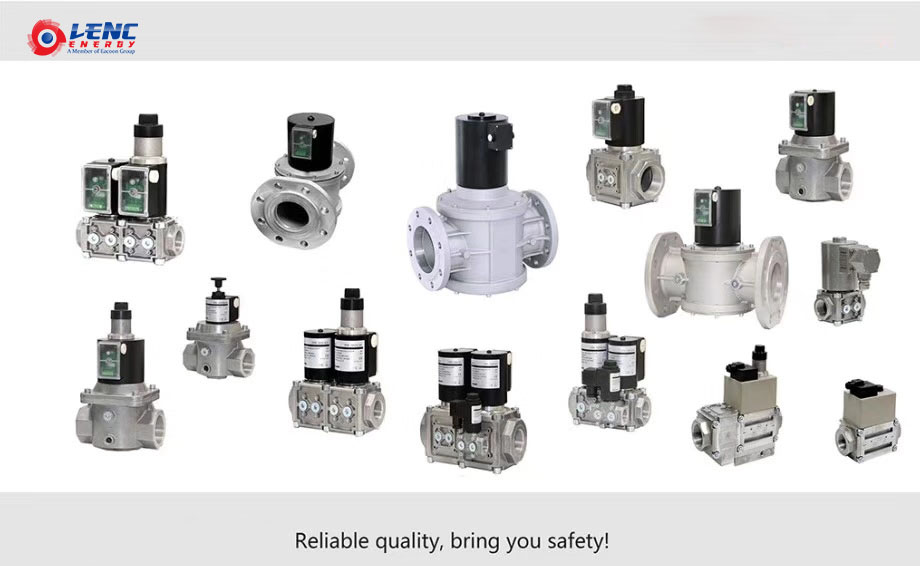The differences between solenoid valves and electric valves
Do you know what solenoid valves and electric valves are and how do you distinguish them? So Let’s learn something about them.
1 How they work?
The solenoid valve is driven by a coil and can only be turned on or off. The opening and closing time is short.
While the electric valve is driven by a motor, and the opening or closing action requires a time analog signal, and it’s adjustable.
2. What work they do?
Solenoid valves generally have a small flow coefficient and a small difference in working pressure. For example, a DN25 solenoid valve flow coefficient is much smaller than a DN15 electric ball valve. The solenoid valve is driven by an electromagnetic coil and is relatively easily damaged by voltage surges. It only has the roles of opening and closing.
An electric valve is driven by a motor and is more resistible to voltage surges. Solenoid valves are fast opening and fast closing, normally used in small flow and small pressure. The opening size of the electric valve can be controlled. The state can be adjusted to open, close, half open and half closed meaning that it can control the flow of the medium in the pipeline while the solenoid valve cannot meet this requirement.
The solenoid valve can be reset by shutting off the power, and the electric valve needs a certain device to reset.
3. Where they work?
Solenoid valves are suitable for some special process requirements, such as leakage, special fluid media, etc. They are more expensive.
Electric valves are normally used for adjustment which is in need of opening size, such as: fan pipe line.
Guangzhou Liancheng Energy is a member of Eacoon Group ,which is a manufacturer and supplier of combustion equipment and accessories , including burner, ignition transformers, actuators, burner controllers and solenoid valves. While solenoid valve is the key product, it meets European standard and is well selling in European market for more than 15 years. 
 Previous: Happy Women's Day
Previous: Happy Women's Day







